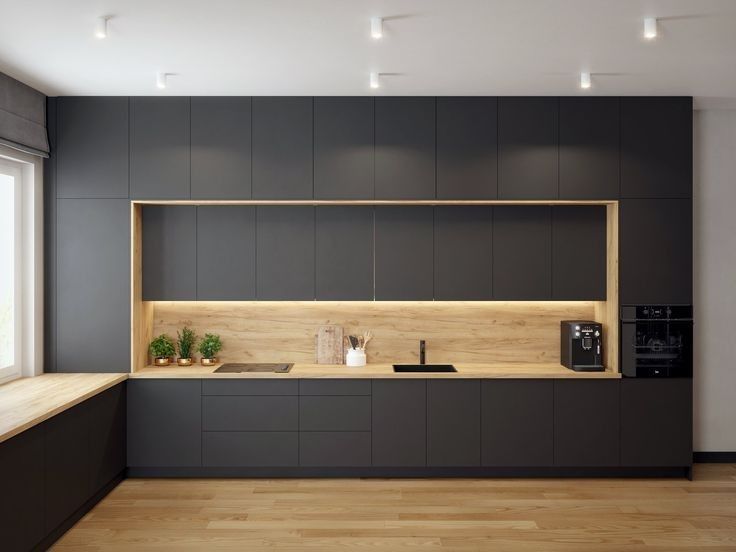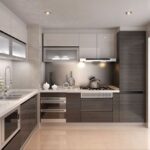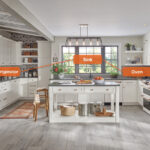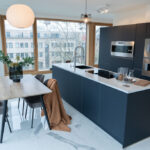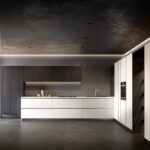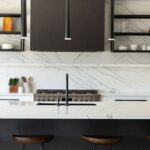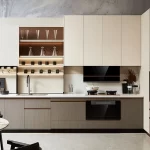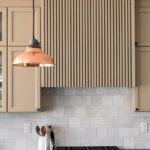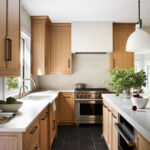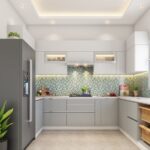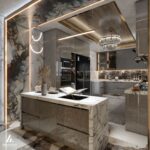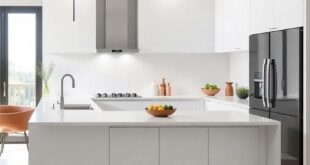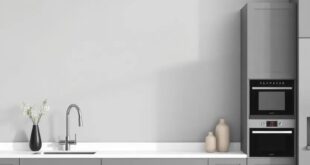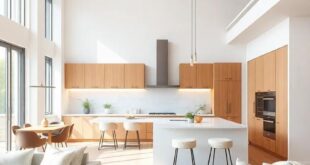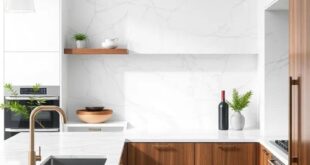When it comes to designing a kitchen, there are a plethora of factors to consider in order to create a space that is both functional and aesthetically pleasing. Whether you are renovating your existing kitchen or designing a new one from scratch, there are a few key elements to keep in mind that will help you achieve the kitchen of your dreams.
First and foremost, it is important to consider the layout of your kitchen. The layout should be practical and efficient, allowing for easy movement and access to all of the essential items within the space. The classic “kitchen work triangle” is a popular design concept that positions the sink, stove, and refrigerator in a triangular formation, allowing for easy movement between the three main work areas.
Another important aspect of kitchen design is the choice of materials. From countertops to cabinetry to flooring, the materials used in your kitchen can greatly impact the overall look and feel of the space. When selecting materials, it is important to consider both style and durability. For example, quartz countertops are a popular choice for their sleek appearance and resistance to stains, while hardwood flooring adds a warm and inviting touch to the space.
In terms of color, choosing a cohesive color scheme can help create a unified look in your kitchen. Whether you prefer a modern monochromatic palette or a more eclectic mix of colors, it is important to choose colors that complement each other and create a cohesive look throughout the space. Additionally, incorporating pops of color through accessories such as kitchen gadgets, rugs, and artwork can add personality and style to your kitchen design.
Lighting is another key element to consider in kitchen design. Proper lighting can enhance the functionality of your kitchen while also creating a welcoming atmosphere. In addition to overhead lighting, it is important to incorporate task lighting in key areas such as the sink, stove, and countertops. Under-cabinet lighting is a popular option for providing additional illumination in these areas, while pendant lights can add a decorative touch to the space.
Lastly, don’t forget about the finishing touches when designing your kitchen. From hardware and fixtures to backsplashes and window treatments, these small details can make a big impact on the overall look and feel of your kitchen. Consider incorporating elements that reflect your personal style and add character to the space.
In conclusion, designing a kitchen is a complex process that requires careful consideration of a variety of factors. By focusing on layout, materials, color, lighting, and finishing touches, you can create a kitchen that is both functional and beautiful. With a well-thought-out design plan, you can create a space that is not only a joy to cook and entertain in, but also a reflection of your personal style and taste.
 Decorationg Interior Design
Decorationg Interior Design
